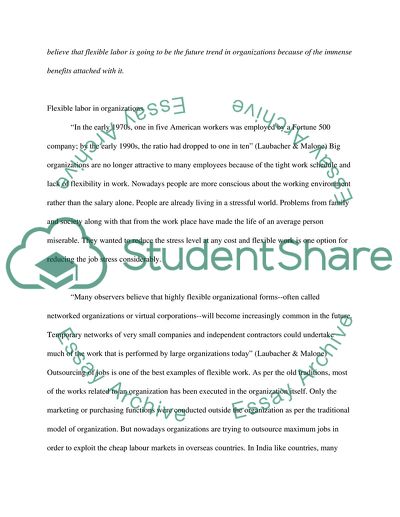Cite this document
(“Flexible Labor in Organizations Essay Example | Topics and Well Written Essays - 2250 words”, n.d.)
Retrieved from https://studentshare.org/social-science/1554567-identify-the-major-factors-that-shape-the-use-of-flexible-labour-in-organisations-and-critically-examine-the-outcomes-of-flexibility-for-organisations-and-employees
Retrieved from https://studentshare.org/social-science/1554567-identify-the-major-factors-that-shape-the-use-of-flexible-labour-in-organisations-and-critically-examine-the-outcomes-of-flexibility-for-organisations-and-employees
(Flexible Labor in Organizations Essay Example | Topics and Well Written Essays - 2250 Words)
https://studentshare.org/social-science/1554567-identify-the-major-factors-that-shape-the-use-of-flexible-labour-in-organisations-and-critically-examine-the-outcomes-of-flexibility-for-organisations-and-employees.
https://studentshare.org/social-science/1554567-identify-the-major-factors-that-shape-the-use-of-flexible-labour-in-organisations-and-critically-examine-the-outcomes-of-flexibility-for-organisations-and-employees.
“Flexible Labor in Organizations Essay Example | Topics and Well Written Essays - 2250 Words”, n.d. https://studentshare.org/social-science/1554567-identify-the-major-factors-that-shape-the-use-of-flexible-labour-in-organisations-and-critically-examine-the-outcomes-of-flexibility-for-organisations-and-employees.


